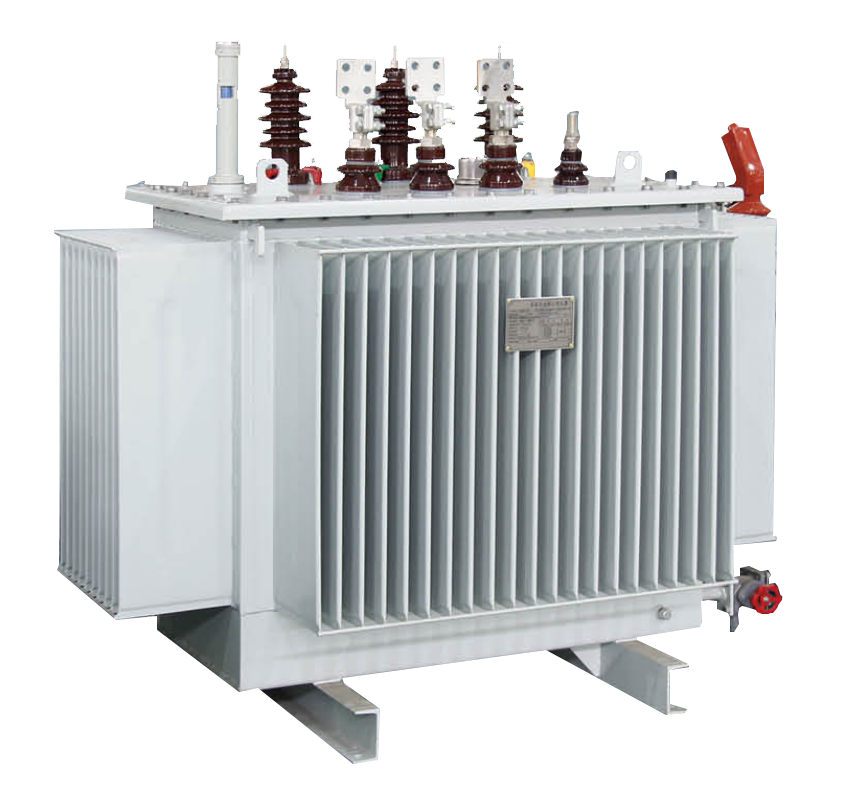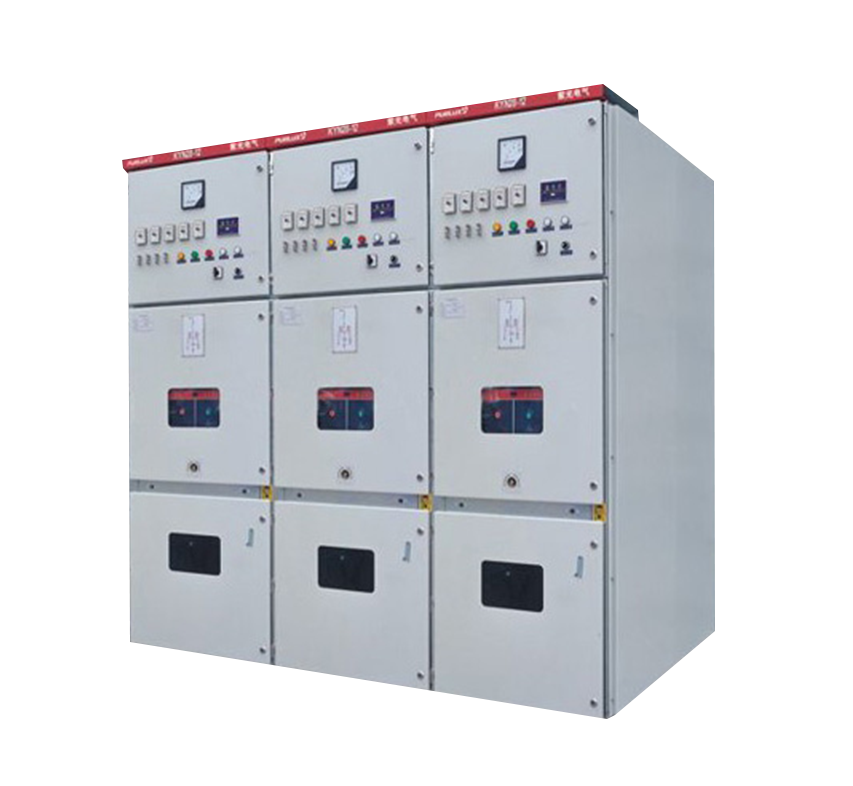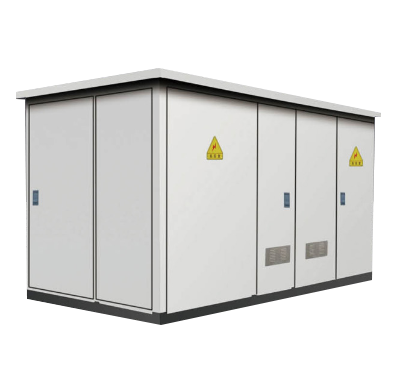What is the difference between oil-immersed and dry-type transformers?
Transformer is an electrical device that we often use in our lives. It can convert high voltage into low voltage to meet our needs of using electrical appliances. Transformers can be divided into two types: oil-immersed and dry-type according to their different insulating materials. So what is the difference between them?
First of all, the oil-immersed transformer uses liquid insulation in terms of insulation, that is, the coil and core of the transformer are immersed in insulating oil, which can improve the insulation strength and prevent the occurrence of discharge accidents. The dry-type transformer uses air insulation and uses special insulating materials to protect the coil and core. In contrast, the insulation performance of the oil-immersed transformer is more stable and reliable.
Secondly, the oil-immersed transformer can dissipate heat better because the insulating oil has good heat dissipation performance. The dry-type transformer needs to dissipate heat through cooling equipment such as fans. This also makes the oil-immersed transformer suitable for use in harsh environments such as high load and long-term operation.
In addition, in terms of maintenance and repair, the oil-immersed transformer needs to replace the insulating oil regularly, while the dry-type transformer does not need such operations. This also makes the dry-type transformer more superior in terms of environmental protection.
In summary, oil-immersed and dry-type transformers each have their own applicable occasions. For some equipment that needs to operate stably at high load for a long time, oil-immersed transformers are more suitable; for some equipment with light loads and high maintenance and environmental protection requirements, dry-type transformers can be selected.
More news
Subscription Information
We will send you real-time information regularly!

Optical storage charging solution supplier
Cangzhou Huarui Transformer Co., Ltd.
Address: Xinxing Town Industrial Zone, Qing County, Cangzhou, Hebei

COOKIES
Our website uses cookies and similar technologies to personalize the advertising shown to you and to help you get the best experience on our website. For more information, see our Privacy & Cookie Policy
COOKIES
Our website uses cookies and similar technologies to personalize the advertising shown to you and to help you get the best experience on our website. For more information, see our Privacy & Cookie Policy
These cookies are necessary for basic functions such as payment. Standard cookies cannot be turned off and do not store any of your information.
These cookies collect information, such as how many people are using our site or which pages are popular, to help us improve the customer experience. Turning these cookies off will mean we can't collect information to improve your experience.
These cookies enable the website to provide enhanced functionality and personalization. They may be set by us or by third-party providers whose services we have added to our pages. If you do not allow these cookies, some or all of these services may not function properly.
These cookies help us understand what you are interested in so that we can show you relevant advertising on other websites. Turning these cookies off will mean we are unable to show you any personalized advertising.
All rights reserved©2024 Cangzhou Huarui Transformer Co., Ltd.
Powe : www.300.cn License city substation







